Reflection on ‘Applying Market Systems Approaches to Financial Inclusion Projects’
The recent DAI publication by John Jepsen and Bhairav Raja, highlights the challenges and opportunities of Applying Market Systems Approaches to Financial Inclusion Projects. The whole article is worth a close read, although I’ll just touch upon a few salient points here, as it truly contextualizes how financial inclusion is an integral part of the endeavor to break the cycle of poverty. Jepson and Raja state:
To include the poor and marginalized households and enterprises in the formal financial sector, a market systems approach requires collaboration between government, financial sector infrastructure and supporting services, and key supply and demand players to identify and address constraints to financial inclusion, including doubts on the part of the unbanked or underserved and unwillingness on the part of financial service providers to serve these market systems.
The facets of the market systems approach that they enumerate above closely resemble the three parts of S3IDF’s Social Merchant Bank Approach (SMBA): business development, leveraged co-financing, and technology access and knowledge. These intricate interlocking components are not easily aligned, they demand constant attention and hard work, but the end result is the banks’ willingness to serve these previously unbanked clients, clients who are in turn more confident in their own ability to serve their community’s important infrastructure needs such as access to clean water, electricity or waste management. But, as S3IDF is familiar with and the article briefly touches on, the hard work of simultaneously addressing many facets a complicated system in order to facilitate sustainable change for the poor isn’t sexy, it isn’t as easily captured in a single metric, and therefore it has historically been neglected by donors and practitioners alike. But through increased awareness and discussion of financial inclusion, which has proven to be successful in sustainably helping the poor, we can promote interest in, and funding and development of financial inclusion in market systems.
Jepson and Raja go on to say that, “financial inclusion should be promoted widely for what it is: a tool for unlocking opportunities in economic growth and stability in marginalized places.” S3IDF believes that helping the poor enter the mainstream economy, using financial inclusion as part of a holistic and contextualized approach is what will ultimately, and most sustainably, benefit the poor and underserved. In order to do this effectively we analyze the community problem before suggesting a solution that uses a combination of our SMBA tools, thus fitting the technology, financing and business solutions to the needs of the entrepreneur and community. Often parts of a model which worked in one community are principally replicable in another community, and thus we can achieve scale through duplicating our projects, while always ensuring that we are addressing the unique community needs, not applying an inflexible model. In this way, we use financial inclusion as a tool to build more inclusive markets, while simultaneously addressing specific infrastructure needs.
One final point, although there are many more which could be made, Jepson and Raja write that, “by accessing more financial services, households and businesses can benefit from more predictable, stable, secure and relatively low-cost services such as saving, borrowing, and playing on credit, including for necessities such as school expenses and farming supplies.” Banks and financial institutions are not pre-disposed to lend to poor clients who don’t have a formal credit history in amounts which will truly address the client’s financial needs. But S3IDF, similar to DAI, will go to the bank with the entrepreneur’s business plan, will partially guarantee the bank loan, will arrange for a technology buy-back agreement in case of default, and will sit down with an entrepreneur and help them understand how to manage a business. It is this hard work, this facilitation and alignment of each moving part, which enables the greatest impact for the poor and underserved communities, and eventually allows the entrepreneur to demonstrate their credit-worthiness without the help of an NGO or guarantor, which is the true hallmark of a sustainable solution.
Financial inclusion can mean many things, it can mean a farmer who can borrow the capital he needs against his expected crop, thereby increasing his planting and processing capacity and eventual sale value. Or a waste picker who can apply for credit to lease a truck, increasing his pick-up radius and thus number of individuals he can employ. Or it could mean a business-woman who charges and rents out batteries to market vendors and households, eliminating the need for kerosene lamps, and benefiting evening vendors’ sales and children’s education. DAI and S3IDF’s efforts in the financial inclusion sector lead to increased quality of life, allowing individuals who have been historically underserved, to transform their lives, and the lives of those in their community.


